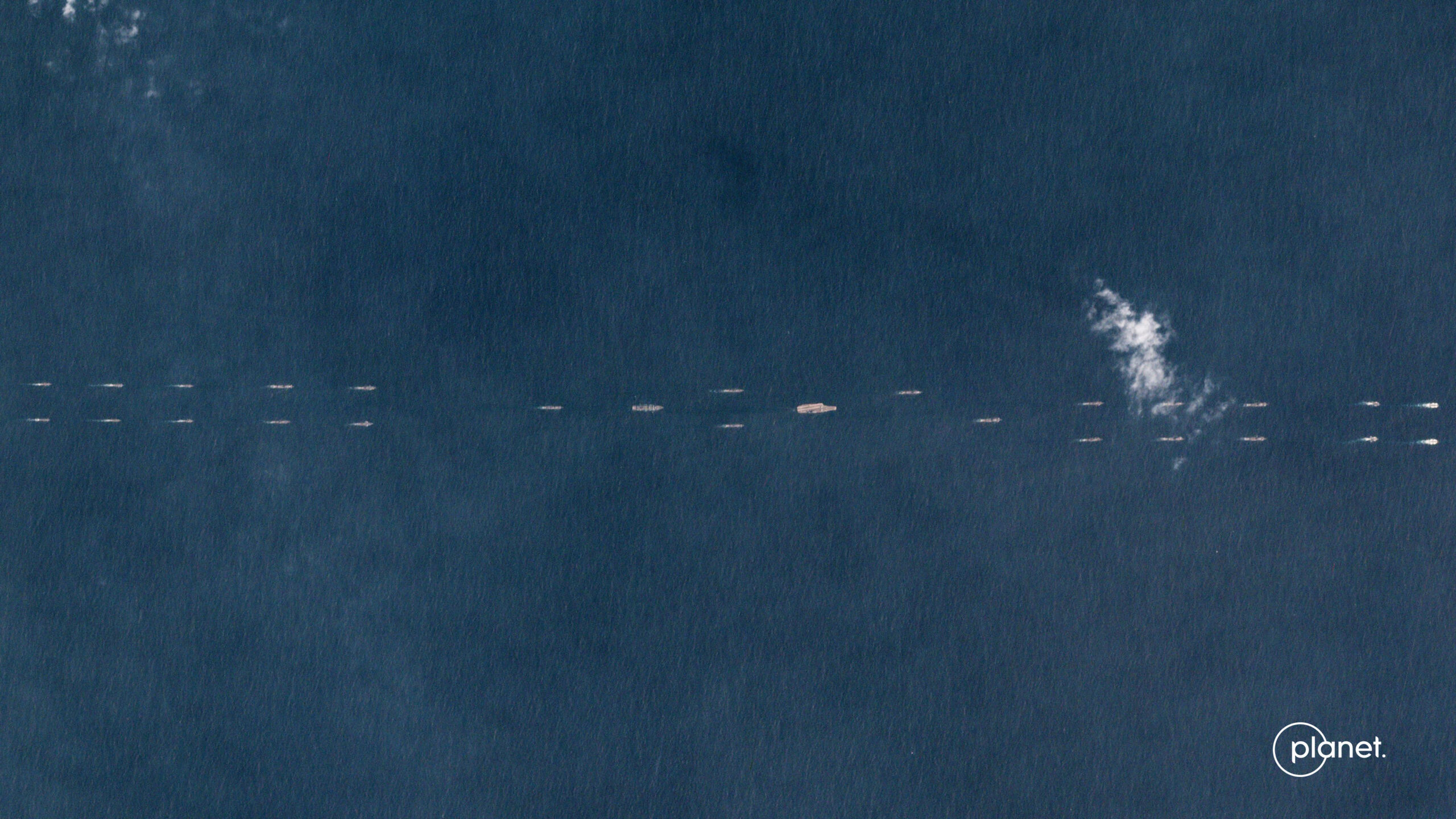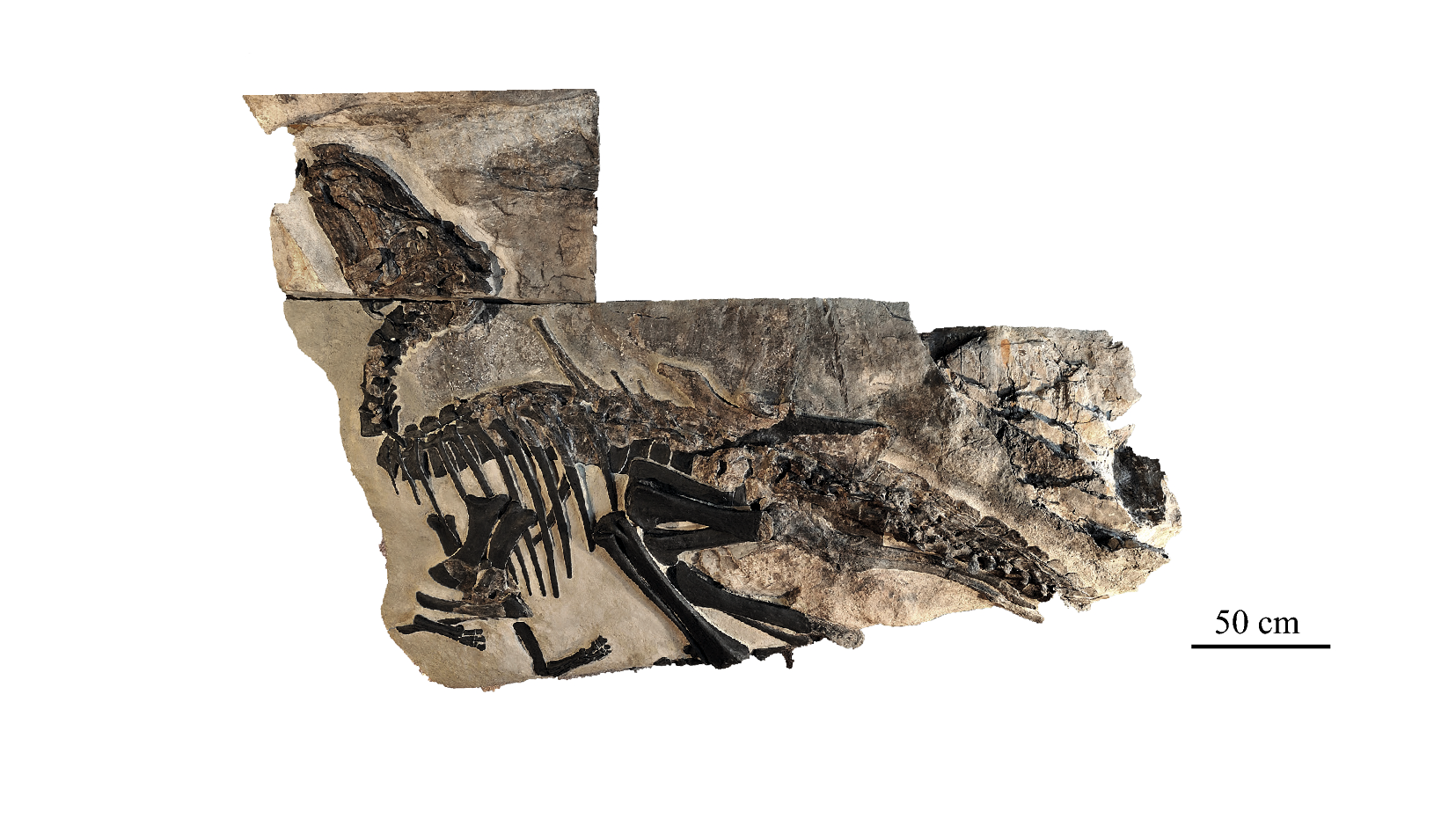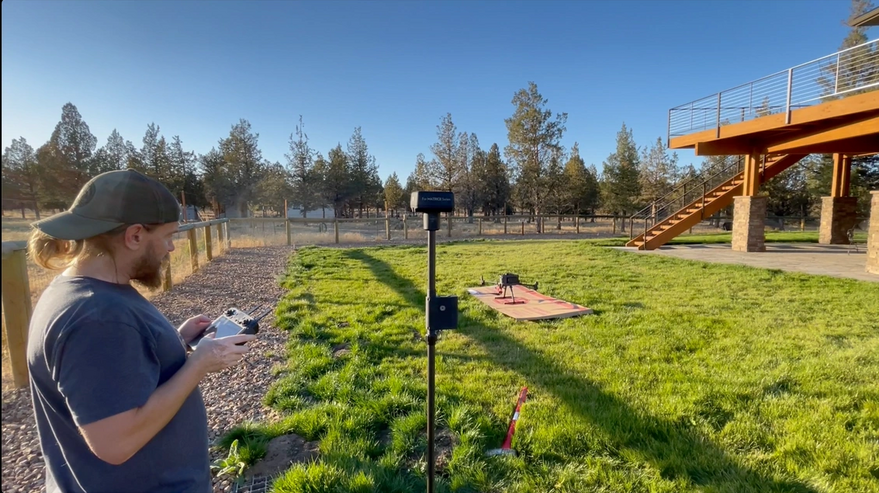
The Netherlands is much more important for Rhine sturgeon than previously assumed, especially considering a reintroduction of the species in the river Rhine. Until the 1930s, the iconic fish was found en masse, especially in the Biesbosch. In this area the fish was captured in multiple fisheries, brought to the market, then traded to mainly Belgian cities. This became apparent from historical research by Wageningen University & Research (WUR).
Since the end of the late Middle Ages, Dutch fishermen have caught at least 40,000 sturgeons weighing an average of about 90 kilos each. Most of these fish were sold at fish markets around the Biesbosch, such as Geertruidenberg, Dordrecht, Hardinxveld and Rotterdam. “That lasted until the 1930s,” says researcher Niels Brevé of Wageningen University & Research and Sportvisserij Nederland, “because by then sturgeons became extirpated from the river Rhine.”
Tax on ‘vroonvisch’
For this research, Brevé has searched all kinds of archives in the Netherlands, Belgium, Germany, France, Luxembourg and Switzerland. It turns out that sturgeon, but also salmon and shad belonged to the so-called “vroonvisch.” Fishermen had to pay tax per fish and tax was officially registered. This historical research shows that the sturgeon occurred en masse, especially in the Netherlands, in the area of the Rhine and Maas delta.
Brevé is also involved in a project where sturgeons were released with a transmitter in the hope of reintroducing this species. “A lot of people don’t know that sturgeons could grow up to five meters in length and weigh 350 kilos,” says Brevé. “This research shows that if we want to have this iconic fish back in the Rhine and North Sea, we have to focus part of our restoration work on the Netherlands.” The European sturgeon used to be widespread. The species was distributed over all seas and main rivers in Europe. Due to overfishing, however, such as with drift nets on the river and steam trawlers at sea, hardly any sturgeons were left in the wild. The status of this iconic species changed from “common” to “critically endangered” in a span of 100 years.
Reproduction complex and slow
Strong river engineering—canalizing and damming rivers—has not helped either. This large, migratory fish requires clear, deep and fast-flowing water with gravel beds to reproduce. Such spawning grounds were—and partly still are—available just across the border in the German state of North Rhine-Westphalia. Adult sturgeons migrated from the sea to spawn at these spawning grounds over hundreds of kilometers.
From the spawning grounds, the young hatchlings moved downstream to the nursery grounds in the Netherlands. After a year or a year and a half, these juvenile fish moved out into the North Sea. Male sturgeons only returned to spawn after at least ten years, whereas females needed 15-22 years to attain maturity. Moreover, males made this journey from sea to river and back every other year, yet females only reproduced every three to five years. Brevé observes, “The biological cycle of the sturgeon is not helping their reintroduction and conservation, because the reproduction of these fish is rather complex and slow.”
This research was carried out in collaboration with the Radboud University Nijmegen.
More information:
Niels W. P. Brevé et al, Historical reconstruction of sturgeon (Acipenser spp.) spatiotemporal distribution and causes for their decline in North-Western Europe, Biodiversity and Conservation (2022). DOI: 10.1007/s10531-022-02381-1
Citation:
The Netherlands is more important for sturgeon than previously thought (2022, March 2)
retrieved 8 March 2022
from https://phys.org/news/2022-03-netherlands-important-sturgeon-previously-thought.html
This document is subject to copyright. Apart from any fair dealing for the purpose of private study or research, no
part may be reproduced without the written permission. The content is provided for information purposes only.
Note: This article have been indexed to our site. We do not claim legitimacy, ownership or copyright of any of the content above. To see the article at original source Click Here













